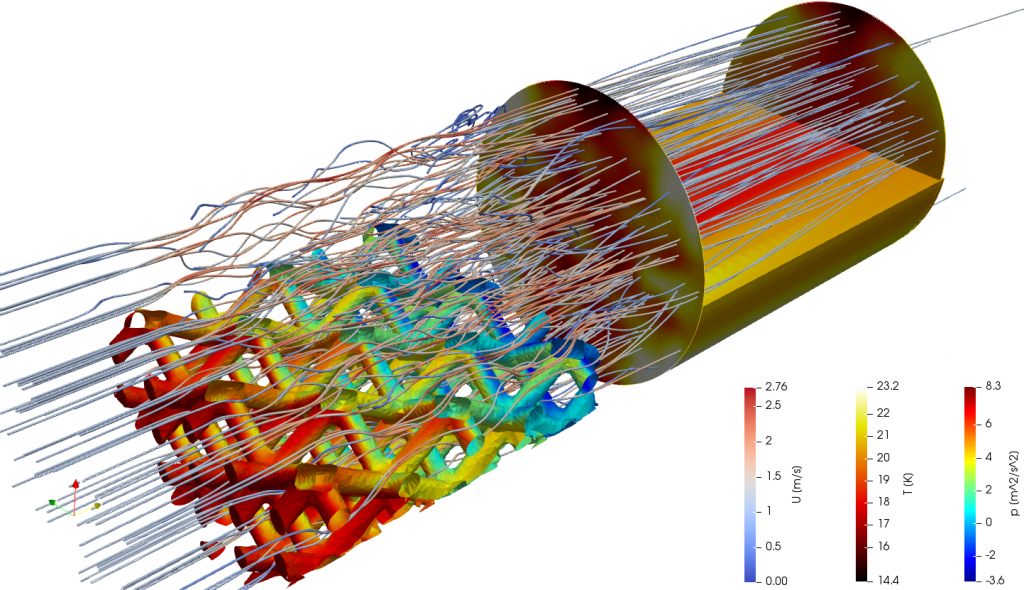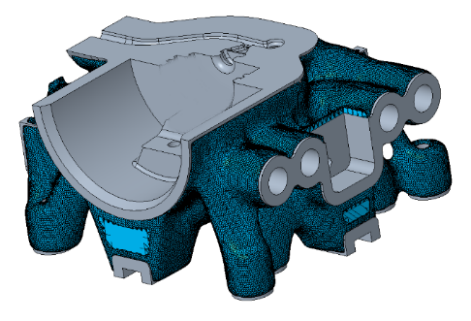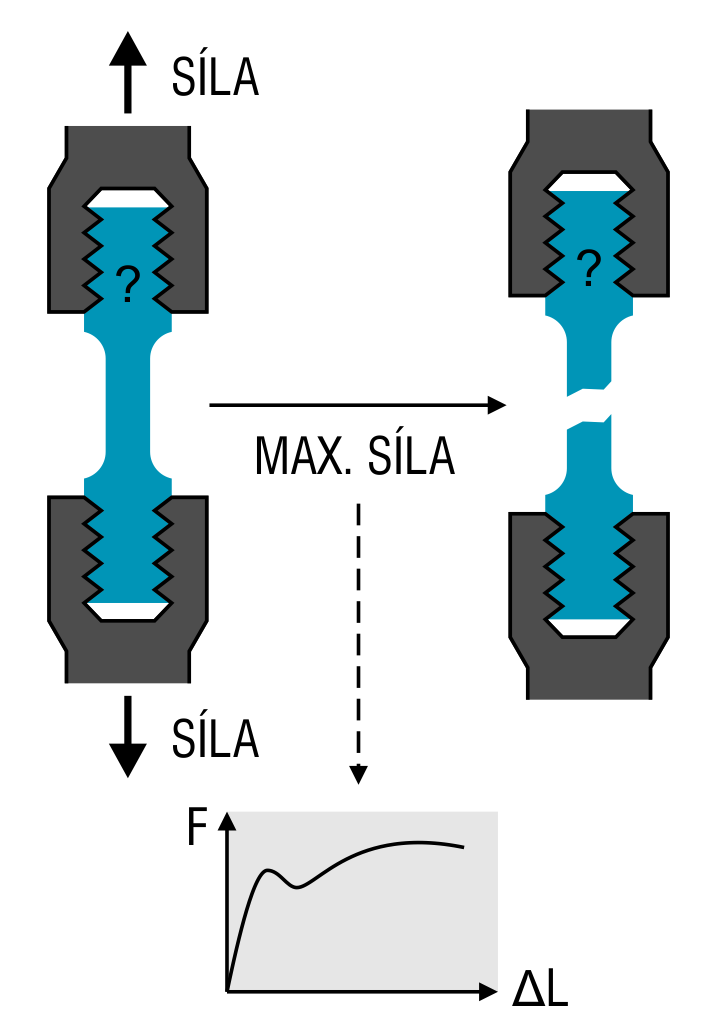This website uses cookies so that we can provide you with the best user experience possible. Cookie information is stored in your browser and performs functions such as recognising you when you return to our website and helping our team to understand which sections of the website you find most interesting and useful.
Vyhledávání
WHY
Virtual testing of a future product increases safety, enabling us to optimize geometry and select a material. It improves the product’s usable properties, speeds up product development and decreases production costs.
HOW
In addition to providing commercial solutions, we also use and develop our own software for simulating multi-physical tasks. This opens up unique opportunities for us when making adjustments to software solutions tailored to a given task, making it easy to integrate any results into the product design, production and experimental verification.
WHAT
We verify and optimize products and production processes based on the virtual modelling of mechanical, thermodynamic and other physical processes and their combinations.
Application examples
Using numerical simulations, it is possible to model tasks involving several parallel physical processes. The first image (right) shows a heat transfer simulation in a heat exchanger. It includes the heat transfer within the body of the exchanger, between the body and a cooling fluid and the cooling fluid flow. The body is also designed to withstand mechanical loads. This enables us to verify whether the design is fully functional, and optimize it to incorporate all requirements on flow, heat off-take or mechanical stiffness.
The second image shows another similar application, capturing the design of a mould for injecting zinc parts. As the design includes mechanical loads, thermal impacts and conformal cooling channels, it is also considered as a multi-physical task.
An important part of the simulations is played by experimental equipment. This is needed for ensuring the necessary input data such as properties of the material used, or it can be required for completely new tasks to verify any simulation outputs and tune-in the simulation process.
Do you have any questions?
The range of analytical methods available in the NCC for MATCA is too extensive to be fully outlined here. If you have any questions concerning a specific application, don’t hesitate to contact us.
Related technologies
Tensile testing
Tensile testing is one of the static mechanical tests and constitutes one of the main instruments for ensuring mechanical properties of materials. By subjecting the specimen to the so called “controlled tension until failure”, we obtain a chart showing the dependence of strength on sample elongation. The chart enables us to determine the basic mechanical properties of a material, including yield strength, ultimate tensile strength, ductility or contraction. Tensile testing also allows us to determine Young’s modulus of elasticity in tension or some technological properties such as plasticity reserve. More >>
Available in the NCC for MATCA:
INSTRON 1362 Deformation mechanical machine, INSTRON 5882 Quasi-static deformation machine
Material fatigue testing
Material fatigue is a process during which mechanical parts are damaged by stresses significantly lower than is their material strength determined by a static test. This is because most parts and constructions are stressed dynamically, which means they are exposed to varying cyclic loading that can lead to the initiation of fatigue cracks, or, in the worst case scenario, to a fatigue fracture. That’s why fatigue tests where a sample of a material is stressed dynamically for a pre-determined number of cycles are a great opportunity to study fatigue damage The outcome of the test is a chart showing the dependence of stress on the number of cycles until damage, known as the Wöhler curve or the S-N curve. More >>
Available in the NCC for MATCA:
INSTRON 8872 servo-hydraulic deformation machine
Related services
Topological optimization
Topological optimization enables us to achieve a more efficient use of material under mechanical load and use it only where you really needed it.

Measurements and testing
The ability to analyse parts, samples or any input material is a key prerequisite not only for efficient research work, but also for a reliable production process and the identification of causes if any problems occur.






 The NCK for MATCA is supported by the
The NCK for MATCA is supported by the